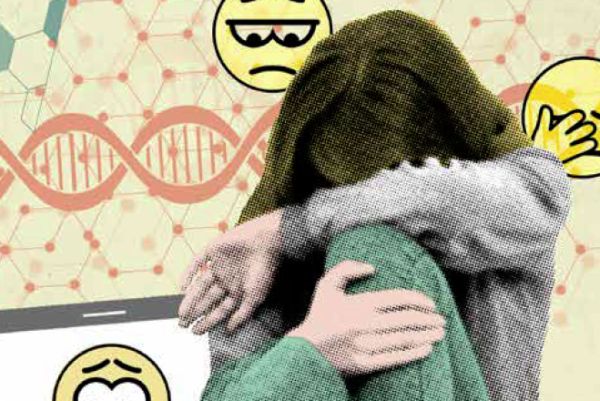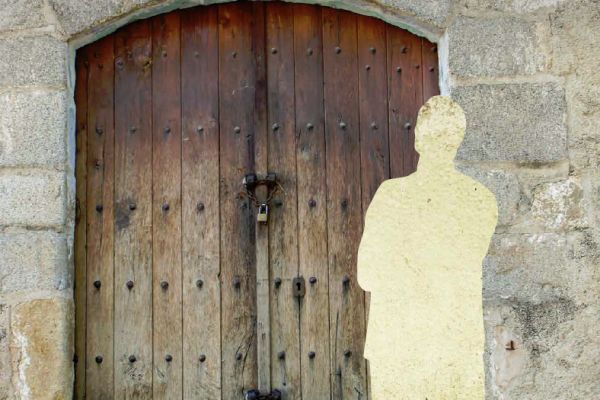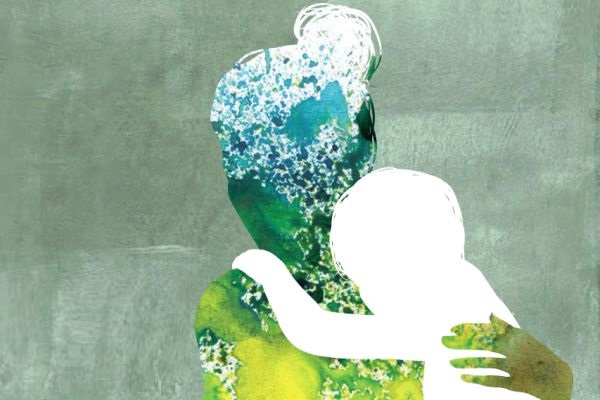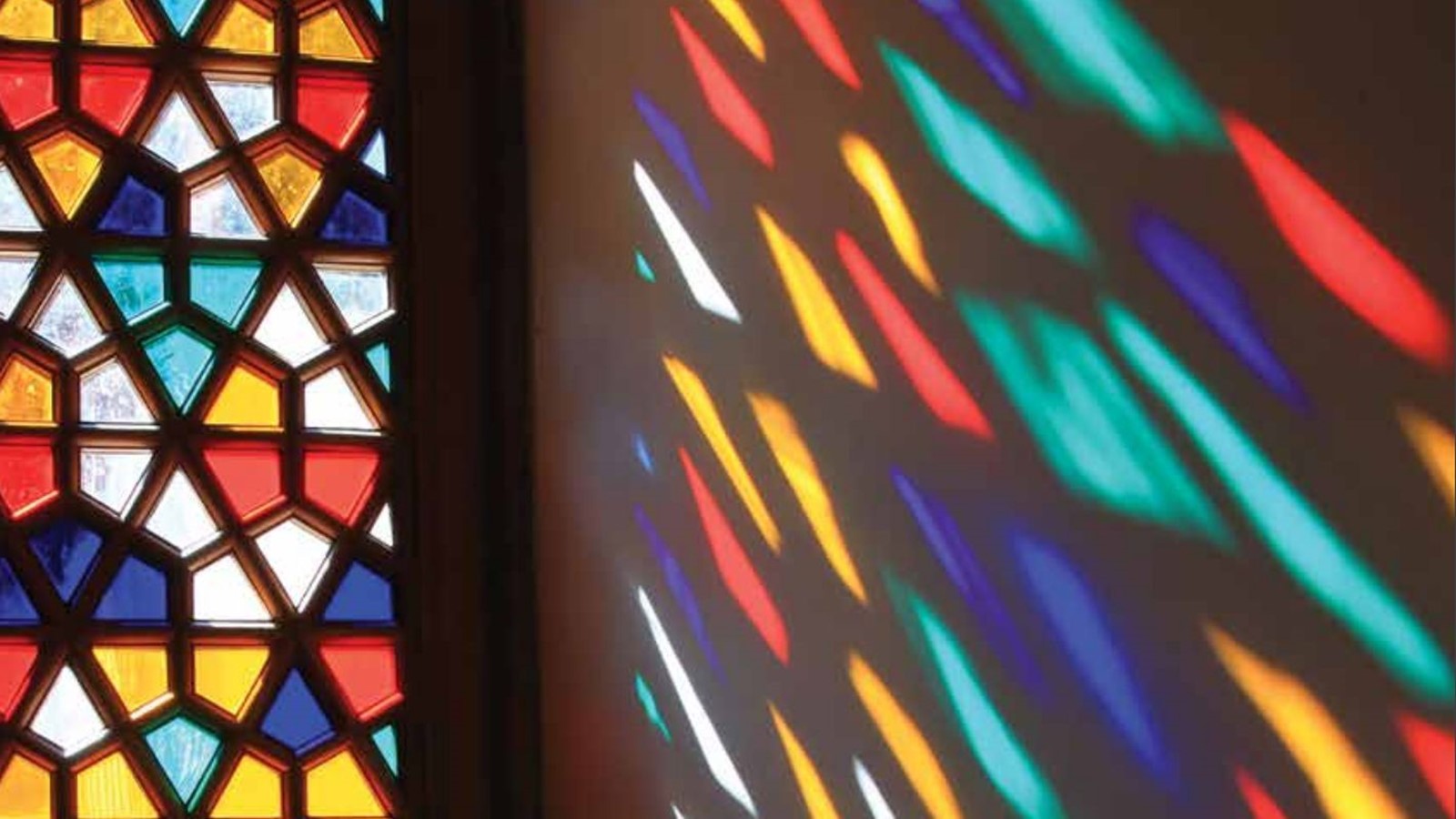Love and suffering are at the heart of all human behaviour. Every counsellor and psychotherapist works at the intersection of these two realities. In the loneliness of our suffering, the reconnection to love through its qualities of kindness, compassion, peace, wisdom and joy is at the heart of the work we encourage in our clients.
Psychotherapy reveals to us that the nature of all suffering lies in the pathology of isolation and in the illusion of our separateness… and the nature of all healing lies in the movement towards a more loving relationship to ourselves and to others and, as a result, to a renewed trust in the benevolent gift of life.
Someone once asked Albert Einstein towards the end of his life what he thought would be the next great field of scientific exploration. He said that one day it would occur to scientists to turn their attention towards prayer.1 This story came to mind as I approached the idea of a similar leap in the world of counselling and psychotherapy today. In the same context, I believe it may well be that the next great area of exploration and interest for us will be towards an equally mysterious field that offers a similar depth of interconnectedness as prayer: the field of silence.
The field of silence
This, I suggest, is capable of becoming an evolutionary step in counselling and therapy, where the depth of the therapist’s ability to open to higher levels of perception will profoundly affect the way we receive the presence of a client’s suffering by placing that suffering in the context of a greater reality.
As with prayer, there are many different levels of silence. At one end of the spectrum it can be felt as isolation and, at the other, silence offers the deepest connection to life and an opening to a unifying movement towards the greatest truths.
Allowing the deepest experience of this Silence (silence with a capital ‘S’) to penetrate us, while in front of the client, brings the therapist’s presence into question at the profoundest level and introduces the living context of unity and love into the process of counselling and psychotherapy.
This is not a place that can be regulated or measured. The depth to which this Silence can inhabit the perception of the therapist, and the expansive field of holding that then encompasses both the client and the counsellor, cannot be submitted to evidence-based proof. It is known only at the deepest level of being human.
It is a place where, as therapists, we let go of our ‘knowing what this is’ and our reliance on the security of diagnosis, and risk no longer ‘doing’ but opening to something that could better be described as ‘being’. Here, the tools of the senses, the mind and the emotions can no longer be relied upon to determine what happens next. Words such as ‘consciousness’, ‘divine love’, ‘the void’, ‘benediction’ and ‘grace’ bring to everyday life moments of healing that pass through the prism of this sacred Silence.
When Silence becomes known, its deepest information, its revelation to us all, is: ‘You are loved’. This truth, when it appears, reverberates down through all the uniqueness of our own and our ancestral wounding, story and journey, and all the layers of the counsellor’s consciousness and conditioning, into a therapeutic space where the distinction of client and therapist no longer applies in the usual way.
In the presence of this deep Silence nothing is excluded; nothing separated. All aspects of our shared humanity, as therapist and client, exist together and are held as one in the intelligence of love. Belief in our separateness or anything else that contradicts the experience of oneness is a loss of meaning that ultimately initiates our descent into suffering. Something as simple as ‘I am touched by your pain’, though a step towards connection with the client, still subtly distinguishes me from the client’s ‘dilemma of relatedness’ and offers them, despite my best intentions, the pathology of my own separateness in that moment.
If we allow this fragmentation to be all that exists in the therapeutic space, at its worst, it places suffering in the claustrophobic prison of the personal and it confines healing to ‘what I can do for you’.
Home and exile
Access to a universal Silence reveals a truth: that all of us share the same dilemma as our clients. We, too, face exile from our true relatedness to life’s love for us. Our movement back towards the truth of this connection, for a moment here and a moment there, makes us whole again. We are returned home through Silence.
The experience of being loved, affirmed, celebrated, fulfilled and met in the safety of loving kindness is the ‘home’ we seek. It is there in the deep Silence of awareness of the unity of life. Yet, while it is always being pressed upon us, as a limitless, loving giving of life, we somehow persist in searching for happiness in directions that confront us with the reality of impermanence and, in the face of such experience, we suffer.
We are either ‘at home’ and in deep connection to our self, to others, to nature, to our environment and the world, and to the universe itself, in whose space we exist, or we are lost to those relationships in a way that often leaves us confused, isolated, fearful and ashamed; in suffering. Within these two poles of home and exile, the vibrant cellular, emotional and mental expression of the movement of life towards, or away from, contact, connection and relationship, expresses the meaning of our lives.
As therapists, we have to know this state of home or, at the very least, be able to receive the emissaries of sacred silence – loving kindness, compassion, the serenity of oneness – so that we can place ourselves in the midst of the deepest part of the client’s dilemma – a place where we are nourished by truth rather than drained by overpowering expressions of separateness.
Sociological implications
Our increasingly secular society is becoming psychologically ill through a catastrophic loss of meaning in our lives. It is clear that we are not doing what we ought to be doing. The vision of the UK is dictated by economics rather than human values.
The contagion of the technocratic vision has spread to all future generations. They, too, at the earliest age, are now governed by the laws of employment and performance. Education has become an exam factory and, in tandem with social media, is creating a growing mental health problem among our children.
In the midst of all this, our search for freedom from suffering lies at the intimate heart of all our lives. Though often difficult to witness, Silence is always drawing us towards the simplicity of our fullness-of-being and in some mysterious way is always in search of us.
Despite the quarantine of logic and regulation in our society today, the images of two of the greatest knowledge masters of these polarities remain powerful and ever-present contemporary icons. In one, the Buddha sits in deep silence, plumbing the nature and reality of suffering and the obscuration that hides us from the truth of oneness. In the other, Christ on the cross accepts, in love, all human suffering from the embodied silence of surrender to a higher ‘will’.
Everything in nature has something greater placed above it on a scale of consciousness, but somehow we find ourselves today adrift from a sense of our own place. It seems the supremacy of logic and intellect denies the concept of being transcended from above. Without proof, modern mind refuses the idea of obedience or service to something greater than ourselves. In justifying this supremacy, we unwittingly accept our sense of separateness and the meaninglessness of suffering, viewed only from its narrowest context. From the heart of this secular life, the presence of love, forgiveness, benevolence and healing is confined to the level at which we are capable of offering them to ourselves.
The importance of love
How might the teachings of Christ and the Buddha apply in the relational space between today’s counsellors and psychotherapists and their clients? How do we bring the reality of being loved by life to the suffering of clients who may have no access to knowledge of that?
First and foremost, as therapists, we have to know it in ourselves. We have to become ever more deeply aware of how and when parts of who I am exclude me from the Silence of ‘you are loved’ and include their arising in my awareness in the counselling space, as I sit with the client.
So much of us can create a separateness that, from one moment to the next, refuses any consciousness of this unifying, loving Silence.
However, in the presence of this Silence we become free from the noise of our own past, of our woundedness and its embodied persistence upon us. The way in which I, as therapist, separate, contract or expand in response to the suffering of the client can be held in an equanimity that does not allow my conditioned self to insist upon either moving away from or towards fixing the client’s pain. Instead, deeply engaged, my heart, too, can be held alongside the client’s in a profound holding field where fear is not able to defy the reality of love.
Client and therapist need to be able to discover the mystery of their own existence and to fully open to the completeness of their experience of life – both internally and externally – in all its extraordinary, interconnected, creative expression. From subatomic to cosmic, we need to discover how all life is connected to something that is greater than itself.
What we call ‘transformation’ or ‘healing’ is this movement through the isolation and contraction of personal suffering towards greater openness, connectedness and receptivity. How does that happen? What is it that appears in the midst of our disintegration to bring us back towards wholeness? In the warmth and safety of revealing the whole of ourselves to another and feeling fully accepted, is it not that we are returned home to the presence of that love we eek?
The cornerstone of psychotherapy is love because the cornerstone of our lives as human beings is love. Every therapist, whether we like it or not, is a representative of that love, and the client experiences it from us in the way they can feel affirmed, seen, celebrated and safe enough to reveal all that is held in their shame and confusion, towards their inner life.
Compassion, spaciousness and a new clarity arise from within the experience of relating deeply to wounding. To know our own suffering more consciously as the suffering of all humanity leads us to a more expansive and inclusive experience of life.
In my opinion, any therapist who ignores Silence as the essence of connection, robs clients of the means to their true freedom, confining them to deal with ‘their’ suffering in isolation, away from its deeper natural context; and, again, we can be seen to be bringing our own unconscious pathology to the client.
We each wish to be touched by warmth. We seek warmth in every way, but I believe our true need is to be touched ‘from above’. Our deepest expression of our loneliness is loss of connection to creative life and to the loving care of the transcendent. To know this connection through our own experience brings our suffering into a wider, more profound context. Beyond the claustrophobic confinement and confusion of the personal, it reveals its deeper meaning and source.
We see that we are not the centre of our own suffering; that this is not the whole truth. We can notice we are drawn most strongly towards connection through our vulnerability and, in the midst of it, we find closeness, love and compassion, which from the Latin means ‘to suffer together’ or ‘to love together with’.
Where does this leave us as therapists? Our work could benefit from our own striving for experience of this Silence and that deepness of relatedness within ourselves. A new movement of the therapist is demanded. We have to address our own fragmentation and reach for the immediacy of conscious perception of this sacred Silence.
Relying on our knowledge hermetically seals our client’s experience inside the confines of what we already know. If we dare not leave the security of that, we are unable to plunge into the true measure of being human and meet the client’s experience for the first time, every time, with our compassionate curiosity.
To be deeply affected by the suffering of the client is not to be overcome by it but to open into a strongly felt holding field that actively includes my experience, as well as the client’s experience. From there, the power and capacity of the heart links us to all life and holds suffering as common to us both.
The therapist sacrifices their own wish to know and understand and fix, trusting instead in the limitless qualities of loving care that holds us all.
I feel it is the therapist’s responsibility to become more and more receptive to the presence of Silence. In being able to experience the unifying presence of attention, breath, inner and outer space and Silence, we are refusing to accept the falsehood of a client’s isolation.
From doing into being, from isolation to connectedness, from contracted and defended to open and receptive, from the head into the heart – love allows both worlds to meet in the embodied experience of client and therapist together, and, in the Silence, our suffering is held as the life and heart of us all.
Alastair McNeilage is a Core Process psychotherapist and supervisor in private practice in London and Cambridge. He is also author of The Lost Way, a book about the deeper meaning of the Beatitudes.
More from Thresholds

Depression: a journey of understanding
Free article: Sarah Parry undertakes a project to deepen her understanding of an increasingly common problem. Thresholds, Autumn 2015

No longer at base camp: a personal view of spirituality
Free article: Peter Bowes reflects on his own psychology of spirituality. Thresholds, Summer 2015

Blocks to inner healing
Free article: Jennie Cummings-Knight asks ‘Do we really want to be free or is it too scary?’ Thresholds, Spring 2015
References
1. Yancey P. Prayer: does it make any difference? Grand Rapids: Zondervan; 2006.
